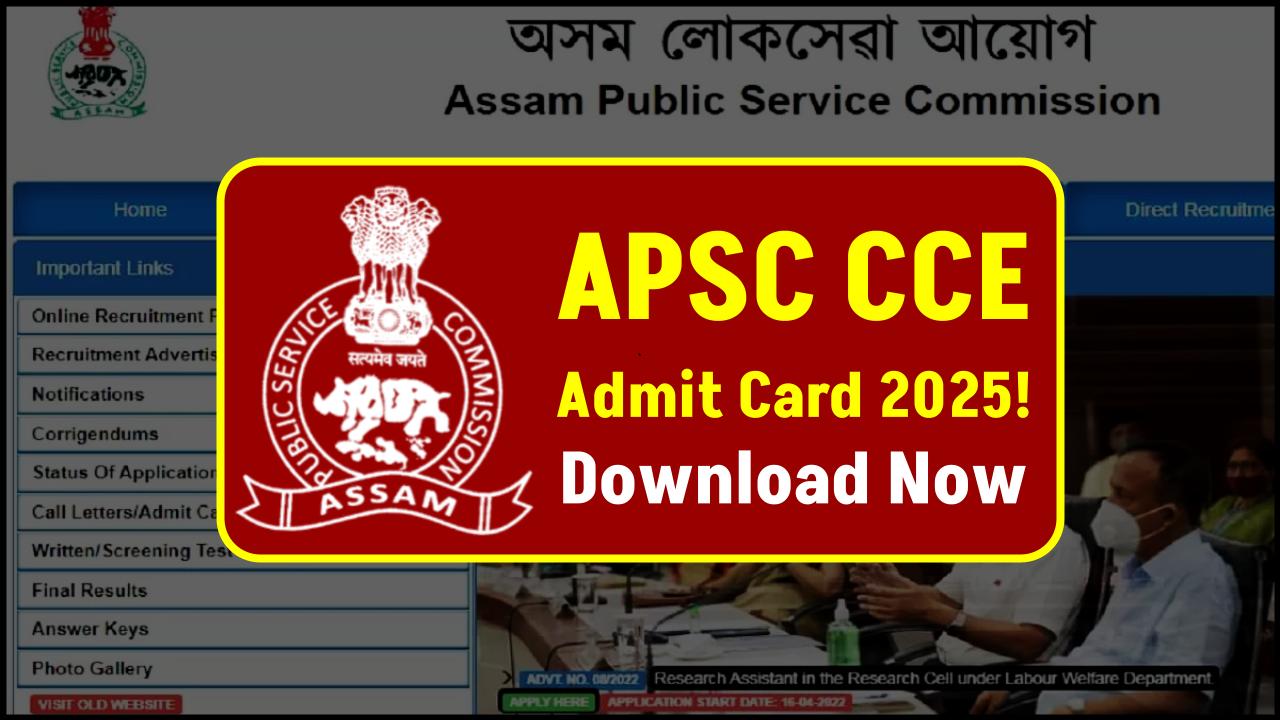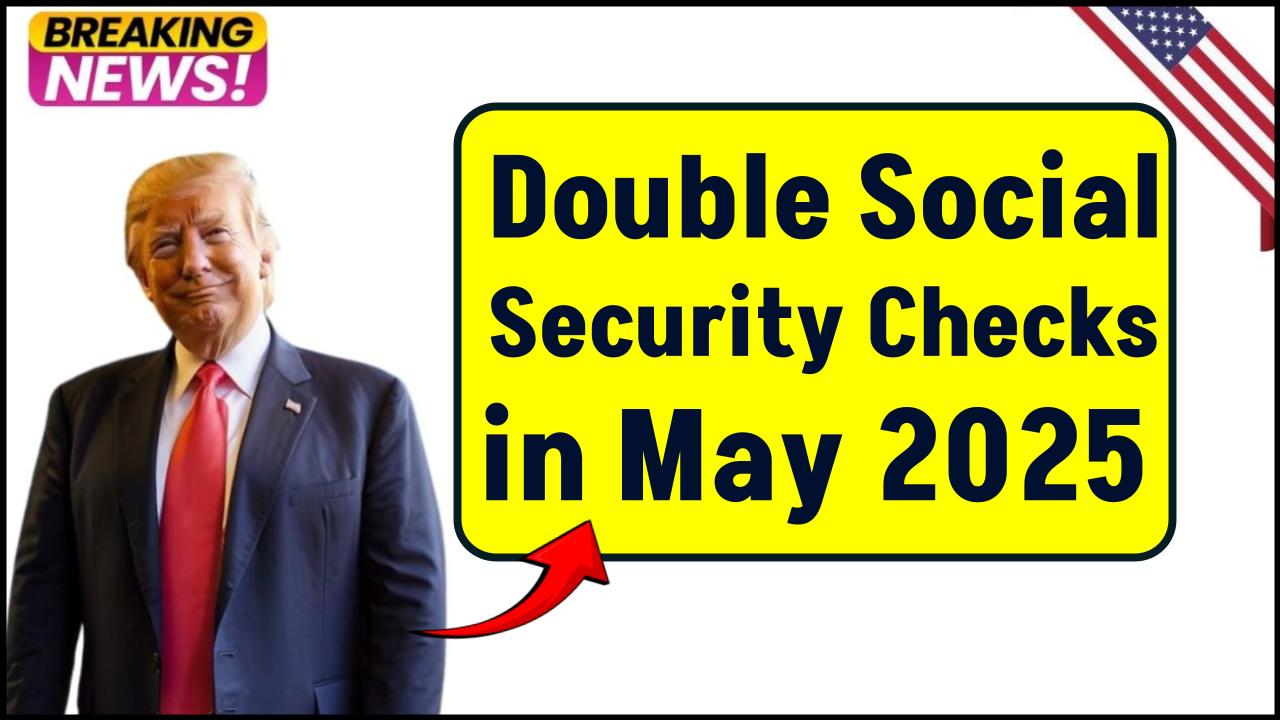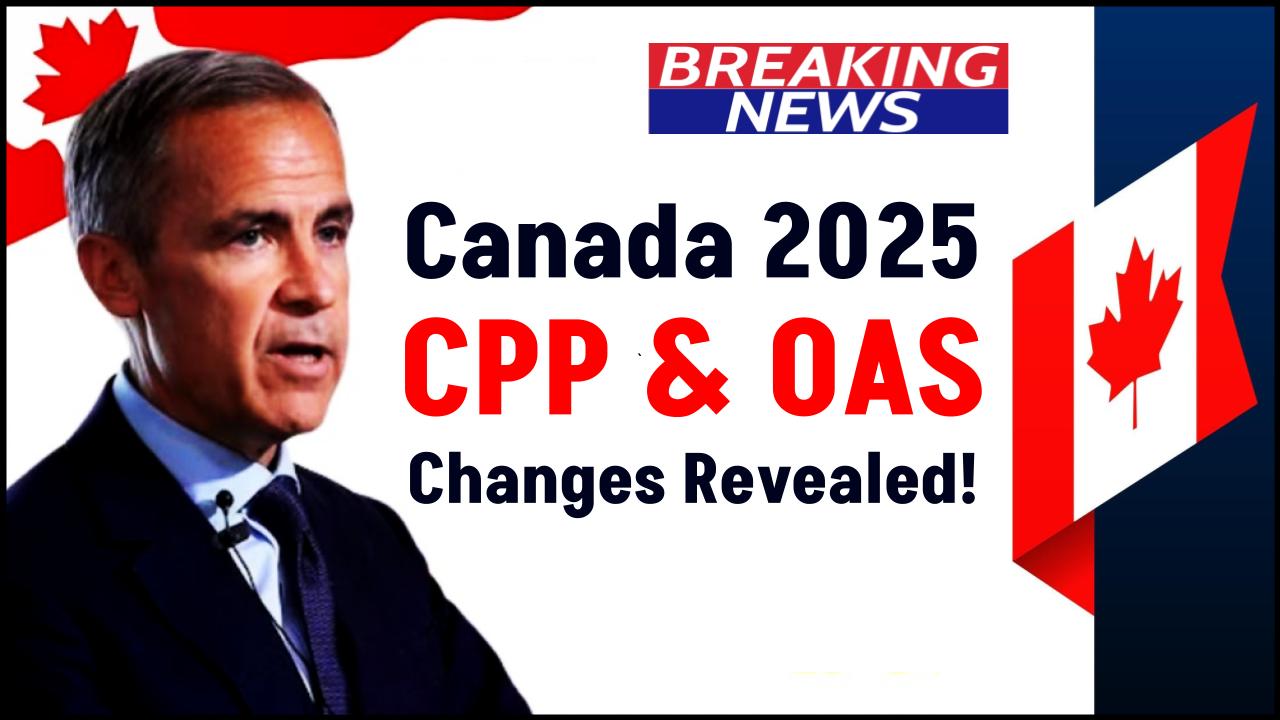In recent months, there have been multiple discussions around stimulus payments, with rumors circulating about a new round of $800 payments from the IRS. While many people are hoping for additional relief checks, it’s essential to understand the details before jumping to conclusions. In this article, we’ll explore the facts, clarify the myths, and help you understand if you’re eligible for any stimulus payments, including the potential $800 payouts. Let’s break it all down in a way that’s both approachable and informative.

IRS Confirms $800 Stimulus Payments
IRS Confirms $800 Stimulus Payments
| Key Data/Stats | Details | Resources |
|---|---|---|
| IRS Stimulus Payments | $800 payments have been rumored but are mostly related to state-level initiatives, not federal payments. | IRS Official Website |
| Federal Stimulus Programs | Payments related to the Recovery Rebate Credit, with up to $1,400 per person for qualifying individuals. | |
| State-Level Stimulus | States like California and Colorado are offering specific relief programs, including $800 for qualifying residents. | |
| Tax Filing Deadline | To claim unreceived credits, file by April 15, 2025. |
While there’s no federal $800 stimulus payment on the horizon, state governments are stepping in to offer their own forms of relief. Programs like Colorado’s TABOR refund and California’s Family First Economic Support are providing important financial support to those who qualify. If you missed any federal stimulus payments, the Recovery Rebate Credit can help you claim what you’re owed. Be sure to file your 2021 tax return by April 15, 2025, and check your state’s relief programs for additional support.
Introduction to Stimulus Payments
Stimulus payments have been a critical part of the U.S. government’s response to the economic challenges brought on by the COVID-19 pandemic. These payments are designed to provide immediate relief to American citizens, helping to cover essential expenses like rent, groceries, and utilities. Over the past few years, we’ve seen several rounds of stimulus payments, including $1,200 checks, $600 checks, and most recently, $1,400 payments as part of the American Rescue Plan.
The conversation around the $800 stimulus payment, however, has mostly been driven by state-level initiatives rather than a new federal program. So, are you on the list to receive an $800 payment? Let’s explore where these payments are coming from and who qualifies.
The Myth of the $800 Federal Stimulus Payment
To clear up any confusion, the $800 stimulus payment is not part of a new federal relief package. While the IRS has not confirmed any new stimulus payments on a federal level, state governments have been offering their own forms of financial relief. These programs vary widely in terms of eligibility requirements, the amount of assistance, and the process for applying.
In some cases, the $800 payment is tied to state tax refunds or credits. For instance, Colorado has recently announced that qualifying residents will receive a payment as part of its Taxpayer’s Bill of Rights (TABOR) refund. Similarly, California has introduced programs to support lower-income families, offering assistance to qualifying individuals who are part of specific relief programs.
The Truth About Stimulus Payments: Federal vs. State
While rumors about a federal $800 stimulus payment persist, it’s essential to distinguish between federal and state-level programs. Here’s how it works:
- Federal Payments: Federal stimulus payments, such as the Recovery Rebate Credit, were part of past economic relief bills like the American Rescue Plan. The IRS sent these payments to eligible individuals who met the required criteria. However, as of now, there are no new federal stimulus checks in the pipeline for 2025.
- State Payments: States have stepped in to offer relief through their own programs. In Colorado, for example, the state is issuing up to $800 for qualifying individuals as part of the TABOR refund. In California, lower-income families with children under the age of 5 may be eligible for additional payments, such as $725 per month for a year, through specific economic relief programs.
Understanding the difference between federal and state-level programs is crucial for determining whether you are eligible for any stimulus assistance.
Federal Relief Programs You Need to Know About
Although the $800 stimulus payment may not be part of a new federal program, there are still ongoing relief efforts that you should be aware of. One significant program is the Recovery Rebate Credit.
What is the Recovery Rebate Credit?
The Recovery Rebate Credit is a form of relief provided by the IRS to help eligible individuals recover any missed payments from previous rounds of stimulus checks. If you didn’t receive the full amount of the $1,400 stimulus check in 2021, you may be eligible to claim the Recovery Rebate Credit when you file your taxes. The deadline for claiming this credit is April 15, 2025, so if you haven’t filed your taxes for 2021 yet, now is the time to act.
To claim this credit, you will need to file your 2021 tax return and include the appropriate information about any stimulus payments you may have missed. The IRS will review your tax return and issue any outstanding payments.
How to Claim Your Recovery Rebate Credit
Claiming the Recovery Rebate Credit is relatively straightforward. Follow these steps:
- Gather Your Documents: Make sure you have all necessary documents, including your 2021 tax return, and any notices from the IRS (like Notice 1444-C, which confirms your previous stimulus payments).
- File Your 2021 Tax Return: Even if you don’t typically file taxes, you’ll need to do so to claim this credit. You can file your taxes using tax software or with the help of a tax professional.
- Complete the Recovery Rebate Credit Section: When filling out your tax return, you’ll be asked to complete a section specifically for the Recovery Rebate Credit. If you missed any payments in the past, this is where you’ll claim them.
- Submit Your Return: After you’ve completed the necessary sections of your tax return, submit it to the IRS for review. The IRS will issue any outstanding payments based on your eligibility.
State-Level Stimulus Programs
While the federal government is not issuing an $800 stimulus check, many states are providing relief to residents in the form of stimulus checks, tax credits, and refunds. Below are some examples of state-level programs:
Colorado: The TABOR Refund
Colorado has announced $800 stimulus payments for qualifying residents as part of its Taxpayer’s Bill of Rights (TABOR) refund. This program is designed to return excess state revenue to taxpayers. If you filed a state tax return by April 15, 2025, you may qualify for this payment. The $800 payment is available for single filers, while joint filers may receive $1,600.
For more information about Colorado’s TABOR refund, visit Tax Foundation’s page on Colorado relief programs.
California: Family First Economic Support
California has introduced the Family First Economic Support Pilot Scheme to help lower-income families. This program provides $725 per month for 12 months to families with children under the age of 5. This support is designed to help families meet their basic needs, such as housing, food, and childcare.
For more information about California’s relief programs, visit the California Department of Social Services website.
Additional State Programs
Several other states are also offering their own relief programs, providing important financial assistance to residents. Here are a few notable programs:
- New York: The state is providing $500 to $1,000 in direct relief to low-income families through the New York State Emergency Rental Assistance Program (ERAP). This program helps cover overdue rent payments for qualifying households.
- Florida: Florida residents may be eligible for $450 relief payments designed to help families with children under the age of 18. The program is part of the state’s overall response to the financial strains caused by the pandemic.
- Texas: Texas has rolled out several local initiatives, including $1,200 payments for single parents who qualify under certain income brackets.
How to Know if You’re Eligible
Whether you’re looking for federal or state relief, it’s crucial to understand the eligibility criteria. Each program has specific requirements based on factors such as income, family size, and whether you filed a tax return.
- Income Level: Most programs require that you meet certain income thresholds. Be sure to review the specific income limits for each program.
- Filing Taxes: For most federal relief programs, like the Recovery Rebate Credit, you’ll need to have filed your tax return for 2021. If you haven’t done so yet, be sure to file before the deadline.
- Residency: Many state-level programs are only available to residents of the respective states. Check with your local tax authority to confirm if you qualify based on your state residency.
Breaking: Social Security Confirms New May 1 Payment—Here’s Who Qualifies
SSDI Recipients Rejoice: $4,018 Deposits Rolling Out—Check Your Bank Account!
Frequently Asked Questions (FAQs) about stimulus payment
1. Is the IRS sending out $800 stimulus payments?
No, the IRS is not sending out federal $800 stimulus payments. However, certain states, like Colorado, are offering $800 payments as part of their state-specific relief programs.
2. How can I claim the Recovery Rebate Credit?
You can claim the Recovery Rebate Credit by filing your 2021 tax return, even if you didn’t receive the full amount of your stimulus check. The credit is available until April 15, 2025.
3. Do I need to file taxes to receive stimulus payments?
Yes, you must file a tax return if you want to claim any stimulus payments you may have missed. If you haven’t filed your 2021 taxes yet, you still have time to claim the Recovery Rebate Credit.
4. When will I receive my state stimulus payment?
State stimulus payments, such as those from Colorado, may take several weeks to process after your tax return is filed. Be sure to check your state’s official website for the most up-to-date information.









